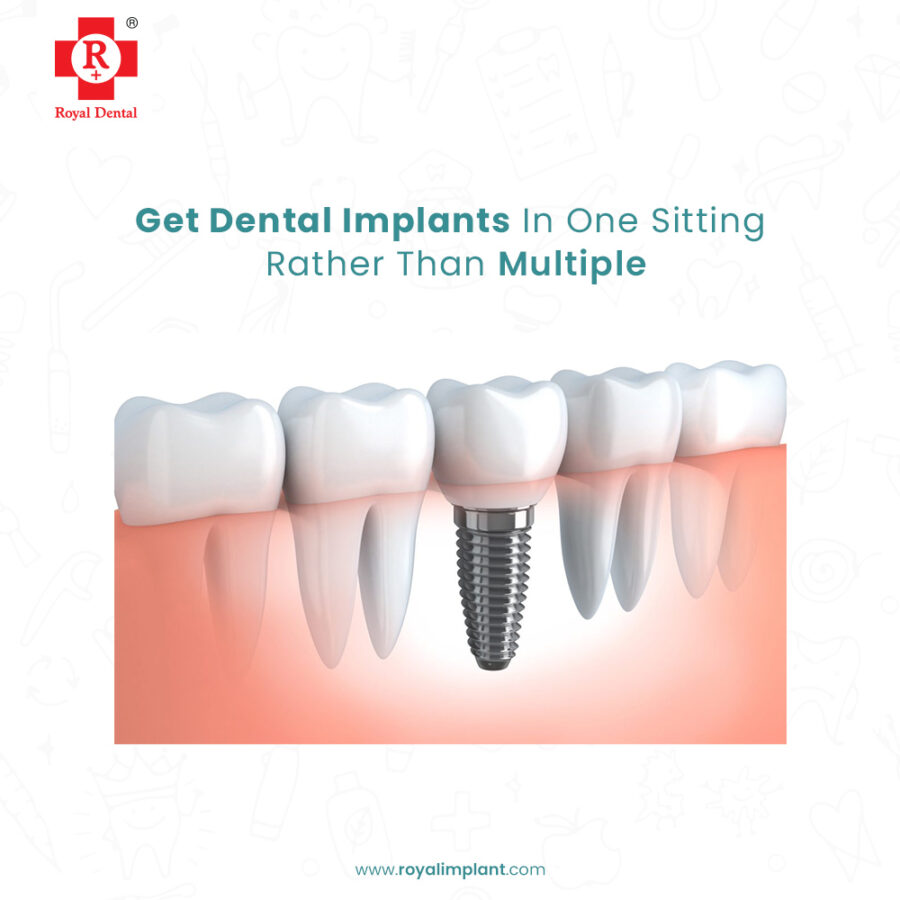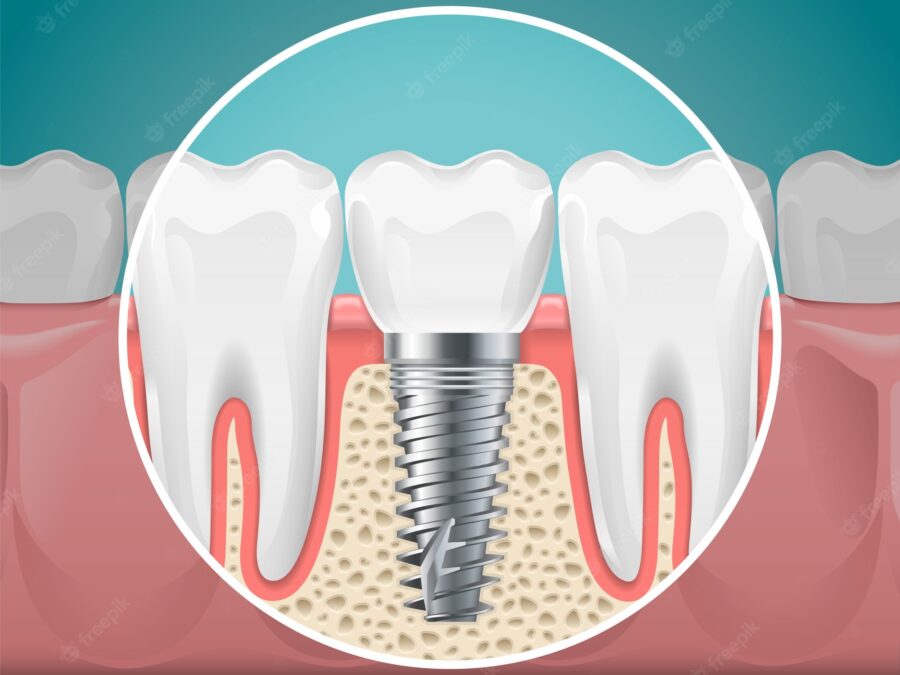When it comes to dental implants, there are a lot of different statistics floating around. One thing is for certain: these devices are becoming more popular as patients become more informed about their benefits. However, there’s also some confusion about the implant failure rate and its implications for patients. Implant failure can occur for a variety of reasons, but most commonly because of poor maintenance or other factors that impact the success of the procedure from the get-go. In general, it’s important to understand what your specific risks are before getting implants so you can make an informed decision. In this article, we’ll discuss everything you need to know about dental implant failure rates from various sources and why it happens.
What is the dental implant failure rate?
The dental implant failure rate is the percentage of patients who experience complications from their dental implant. This can include anything from an infection to improper healing, to issues with the functionality of the device. The implant failure rate varies based on a number of factors, most notably the skill of the dentist placing it. While some figures suggest that up to 50% of implants fail, there are also studies that put this number at less than 1%.

Why do dental implants fail?
There are a variety of reasons why dental implants fail but they all can be traced back to a lack of proper care after the procedure is completed. Most notably, failing to maintain proper hygiene around the implant site can lead to an infection. This can cause the surrounding tissues to become inflamed, which impairs the healing process and reduces the chance of successful implantation. If this is not treated, it could be fatal for the implant.
Implant failure can also occur if the patient doesn’t take care of their overall oral health. Going to the dentist regularly, maintaining a healthy diet, and brushing and flossing regularly are all important factors in the long-term success of dental implants.
Dental implant failure rate by brand
It’s important to note that implant failure rates are not standardised between different brands. This means that the likelihood of an implant failing for one brand of the implant could be completely different than another brand. Fortunately, there have been some studies that look into the implant failure rate by brand:
- Straumann: This Swiss company has been producing implants since the 1960s and is one of the most recognizable names in the industry. Their implant failure rate is estimated to be between 2-7% with the most common reasons being improper cleaning and maintenance.
- Nobel Biocare: Nobel Biocare is another large dental implant company that has been operating since the 1960s. Their average implant failure rate is 3-6%.

- Dentsply: Dentsply is a massive American dental implant company that has been in business since the 1920s. They have a higher implant failure rate of 5-10%.
- Biomet: Biomet is another American company that has been producing dental implants since the 1970s. Their implant failure rate is 5-10%.
- IIDR Basal Implant: With a success rate of 95% in the first years and 90% in first 10 years; IIDR has been serving patients with missing teeth for last several years.
What are the signs of dental implant failure?
If you have early or late-stage dental implant failure, signs of a complication include:
- Difficulty chewing
- Gum inflammation
- Gum recession

- Increased swelling
- loosening of an implant or a replaced tooth
- severe pain or discomfort
Preventive care after Implants
- Properly care for your dental implants. Brush and floss daily and use mouthwash.
- Visit a dentist every six months.
- Stop smoking.
- Increase your calcium intake to support strong bones. Take a supplement or eat calcium-rich foods like milk, yogurt, broccoli, oranges, and cheese.
- Ask your dentist about a mouth guard to treat bruxism (teeth grinding).
- Don’t get immediate tooth replacement after an implant procedure.
- Avoid habits that damage the teeth (eating ice and candy)
Dental Implant failure rate
When looking at dental implant failure rates, it’s important to note that the rate for patients getting their first implant is higher than for patients receiving re-implants. This is likely because patients getting an implant for the first time aren’t as familiar with the process and therefore more likely to make mistakes that could negatively impact the success of the implant.
Keeping this in mind, the dental implant failure rate for patients receiving a re-implant is around 10%. This is because the process is much more streamlined for these patients, they know what to expect, and they have the opportunity to learn from their mistakes the first time around.
Key takeaway
Overall, implant failure rates are not something to be concerned about. Yes, there are some patients that experience complications but it’s important to note that this is often due to poor maintenance or complacency after the initial procedure. If you do your due diligence and follow your dentist’s instructions, there’s a good chance that you’ll be pleased with the outcome. That being said, it’s important that you understand the circumstances that could lead to a failed implant so you can avoid them and increase your chances of success.






